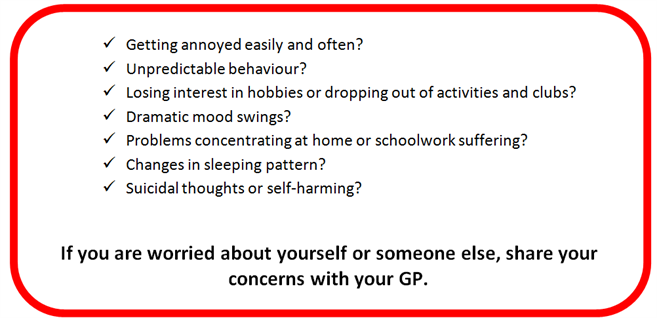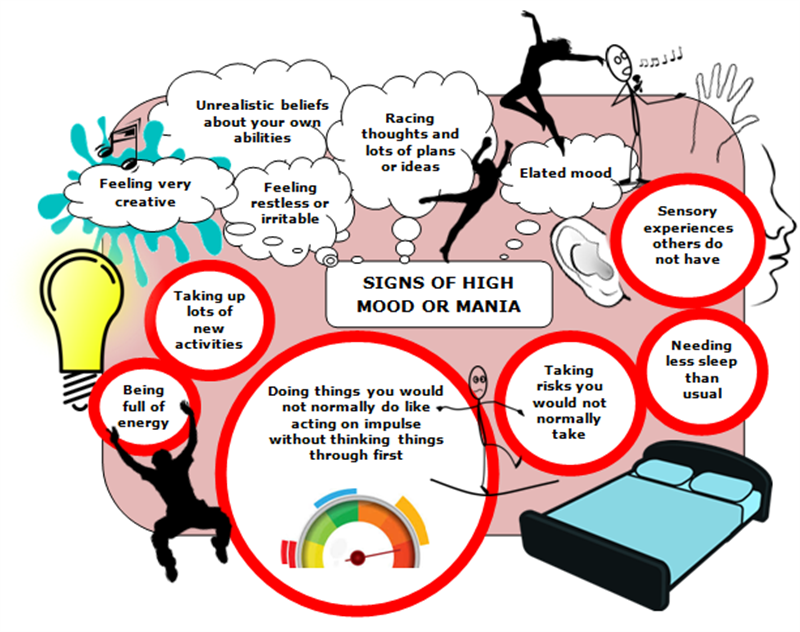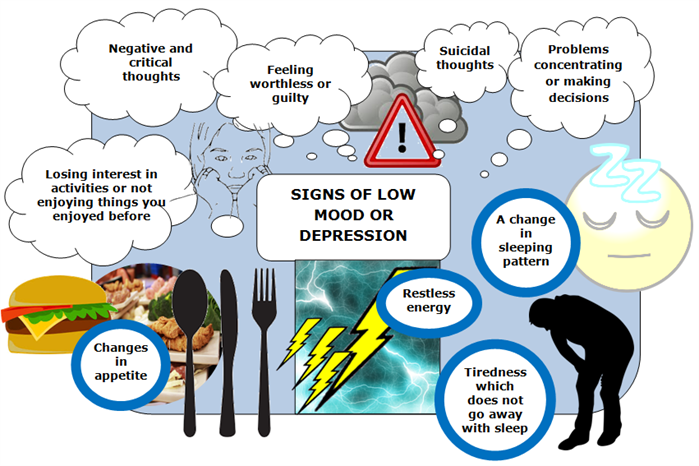
What do extreme moods look like?
Signs of extreme high and low mood
| Are you 'over-reacting' to things? Do other people think you are? | |
|
|
|
|
Are you 'under-reacting' to things? Do other people think you are?
|
|
Extreme moods can change over timeExtreme moods can come on suddenly or they may develop over time. High and low moods can happen separately at different times or together at the same time. This can be confusing and upsetting. Some people may have more highs whereas other people may have more lows. There can be big gaps in time between feeling one mood or the other, or they can occur close together. Something might trigger it or there may not seem to be a cause. Everyone is different. |
|

If you are experiencing extreme highs and lows, it may help to chart your mood using a 'mood monitoring' tool. These are like mood diaries where you regularly record how you are feeling. This can help you to spot patterns in your mood and highlight how things going on in your life might affect how high or low you feel. There are lots of mood monitoring smartphone apps available, as well as paper mood monitoring charts which can be downloaded online (see the review in the Self-help documents section). |
Extreme moods or just growing up?
Extreme mood problems often start in later teenage years or early adulthood. It can be hard to spot the signs because many young people experience mood changes as they mature.

Think about whether you have noticed the features of extreme high and low mood in yourself or someone you care for. If mood swings are extreme, distressing and keep happening then it may be a mental health condition. It is important not to ignore dramatic changes in mood and keep in mind the following warning signs:






Share
Tweet
Plus1